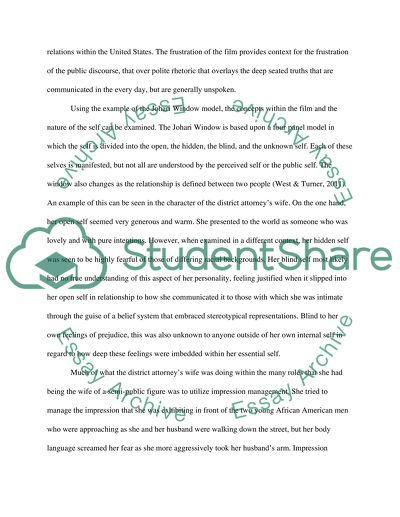Cite this document
(“Communication and stereotypes in the film Crash Essay”, n.d.)
Retrieved from https://studentshare.org/visual-arts-film-studies/1430680-communication-stereotypes-in-movie-crash
Retrieved from https://studentshare.org/visual-arts-film-studies/1430680-communication-stereotypes-in-movie-crash
(Communication and Stereotypes in the Film Crash Essay)
https://studentshare.org/visual-arts-film-studies/1430680-communication-stereotypes-in-movie-crash.
https://studentshare.org/visual-arts-film-studies/1430680-communication-stereotypes-in-movie-crash.
“Communication and Stereotypes in the Film Crash Essay”, n.d. https://studentshare.org/visual-arts-film-studies/1430680-communication-stereotypes-in-movie-crash.


